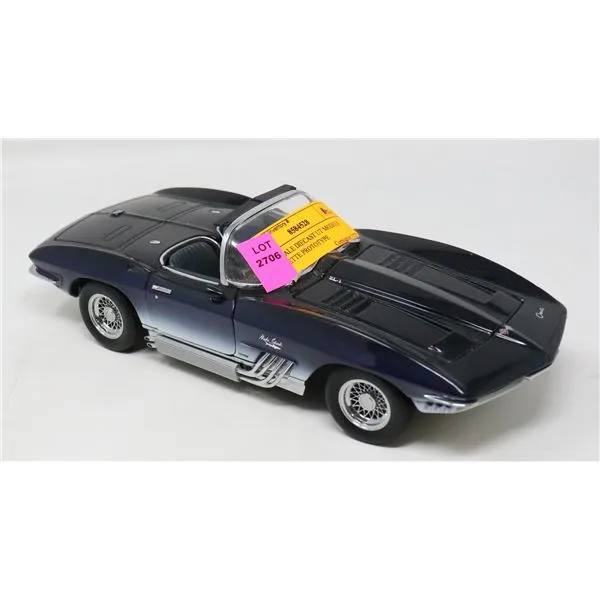The Allure of Diecast Cars
Diecast cars have captivated enthusiasts for generations, offering a tangible connection to automotive history, design, and culture. These miniature marvels are more than just toys; they are meticulously crafted replicas that reflect the passion and precision of their full-sized counterparts. Their appeal lies in their ability to transport collectors back in time, celebrate iconic vehicles, and provide a tactile, engaging hobby that can be enjoyed by people of all ages. The craftsmanship involved in creating these models is often astonishing, with intricate details and accurate representations of real-world cars. The sheer variety of models available, from classic muscle cars to modern supercars, further adds to their enduring popularity.
Detailed Craftsmanship
The level of detail found in diecast cars is often the first thing that impresses enthusiasts. Skilled artisans meticulously replicate every aspect of the original vehicle, from the body lines and paint finishes to the interior details and engine components. Many models feature opening doors, hoods, and trunks, allowing for a closer inspection of the interior and engine bay. The use of various materials, including die-cast metal, plastic, and rubber, contributes to the realistic look and feel of these miniature cars. Features such as realistic wheels, tires, and accurately reproduced manufacturer logos add to the authenticity of these models. The meticulous attention to detail transforms these models into miniature works of art.
Materials Used in Diecast Cars
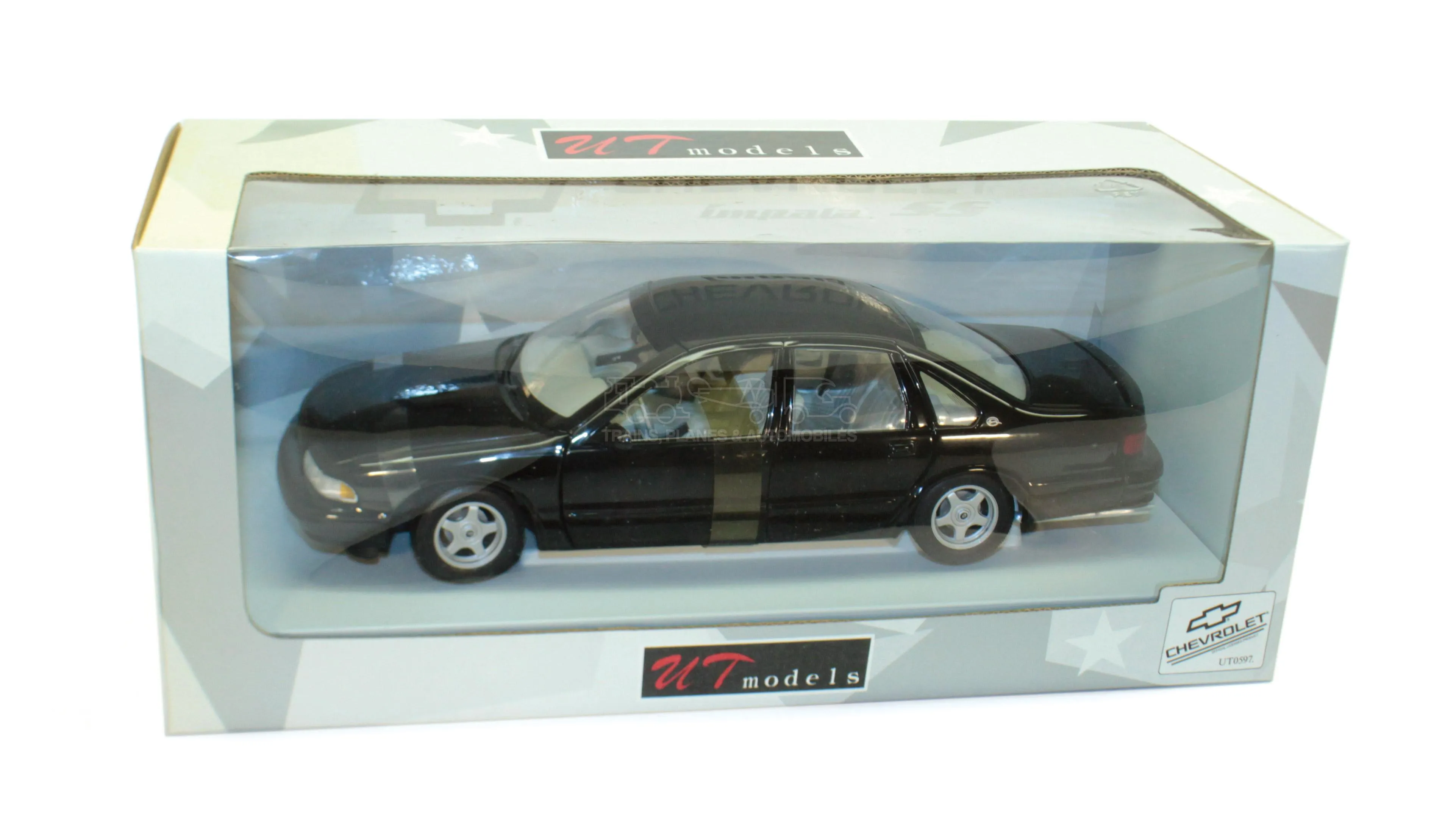
Diecast cars are primarily constructed using die-cast metal, a process that involves injecting molten metal, typically zinc alloys, into a mold. This method allows for complex shapes and intricate details to be created with precision. Plastic is also commonly used for various components, such as the interior, chassis, and some exterior details. Rubber is used for the tires, providing a realistic look and feel. The combination of these materials, along with high-quality paint and decals, contributes to the overall realism and durability of diecast models. The metal gives the model weight and a solid feel while the plastics and rubber add the necessary detail and texture.
Variety of Scales
Diecast cars are available in a wide range of scales, allowing collectors to choose models that fit their preferences and display space. Common scales include 1:18, 1:24, 1:43, and 1:64. Larger scales, such as 1:18, offer a higher level of detail and are often favored by serious collectors. Smaller scales, like 1:64, are more affordable and easier to display in large quantities. The scale refers to the proportion of the model to the actual vehicle. Each scale has its own advantages in terms of detail, size, and cost. Choosing a scale depends on personal preference, available space, and budget.
Collecting Diecast Cars
Collecting diecast cars is a rewarding hobby that offers the opportunity to connect with like-minded enthusiasts and build a personal collection of automotive history. Collectors often focus on specific brands, models, eras, or themes. Some collectors specialize in a particular manufacturer, such as Ferrari or Porsche, while others focus on specific types of vehicles, such as vintage race cars or classic muscle cars. Building a collection involves research, acquisition, and preservation. Collectors often attend shows, browse online marketplaces, and visit specialty shops to find rare and desirable models. Protecting the models from dust, sunlight, and damage is also an important aspect of collecting, ensuring that the value and condition of the collection are maintained.
Rarity and Value
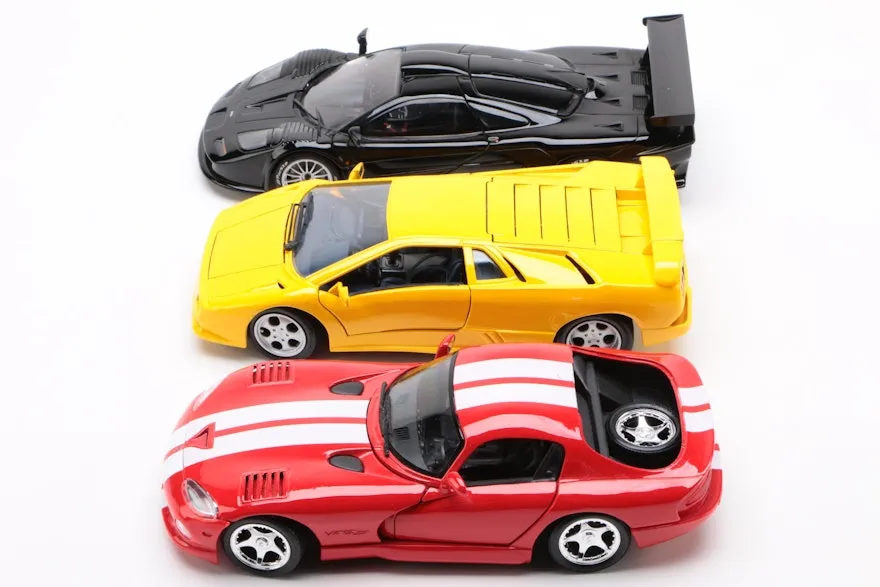
The value of diecast cars is influenced by factors such as rarity, condition, and historical significance. Limited-edition models, those produced in small quantities, often command higher prices than mass-produced models. The condition of a diecast car is a crucial factor in determining its value. Models in mint condition, with their original packaging, are highly sought after. Historical significance also plays a role, with models representing iconic vehicles or significant moments in automotive history often being more valuable. The market for diecast cars is dynamic, and values can fluctuate based on collector demand and current trends. Certain models can become extremely valuable, especially if they are rare, in pristine condition, and represent a pivotal moment in automotive history.
How to Determine the Value
Determining the value of a diecast car involves several steps. Research is essential, as the market for diecast cars is constantly evolving. Online marketplaces, auction sites, and price guides can provide valuable insights into current market values. Comparing similar models and assessing their condition is also crucial. Original packaging, any included accessories, and the overall condition of the model all play a role in determining its value. Collector forums and online communities are also excellent resources for gathering information and insights from experienced collectors. Consulting with a reputable appraiser can provide a professional evaluation, especially for high-value models. Understanding the market and condition is key to accurately assessing the value of any diecast car.
Famous Diecast Car Brands
Several brands have become synonymous with diecast cars, each with its own history and reputation. These brands have built strong reputations for quality and detail, attracting passionate collectors worldwide. These brands often represent the best of the best in diecast car manufacturing.
Hot Wheels
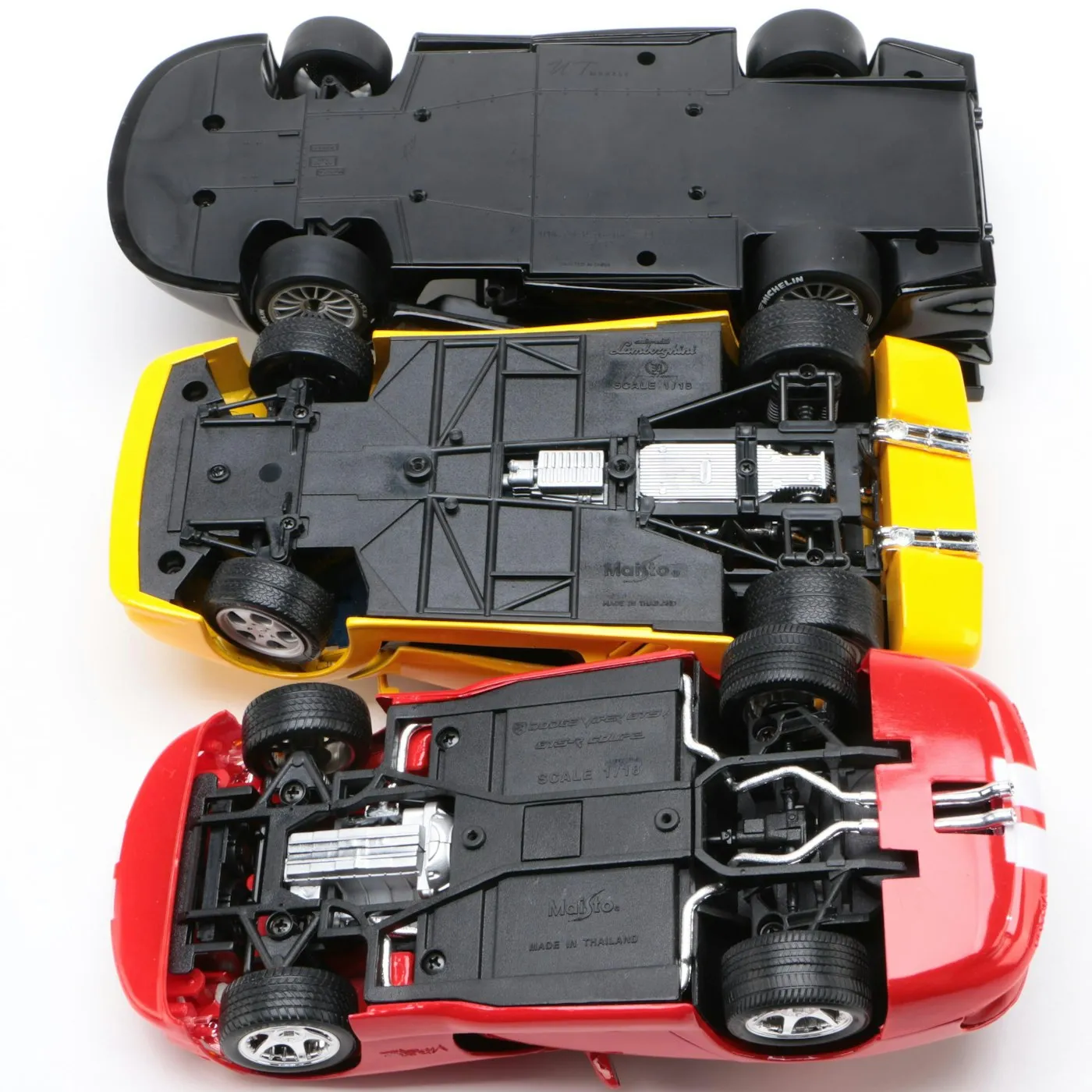
Hot Wheels, a brand of diecast toy cars introduced by Mattel in 1968, are known for their bright colors, unique designs, and emphasis on speed. These cars are designed to be fun and are popular with both children and adults. They are relatively inexpensive, making them accessible to a wide audience. Hot Wheels have a massive following, with collectors actively seeking out rare and limited-edition models. The brand frequently collaborates with other properties, further expanding its appeal.
Matchbox
Matchbox is another iconic brand of diecast toy cars. Initially introduced in the 1950s, Matchbox cars were known for their realistic details and a focus on everyday vehicles. Matchbox aimed to create models of real-world cars and trucks. The brand has undergone changes over the years but remains a staple in the diecast car world, with a strong reputation for quality and accuracy. They often focus on realistic vehicles, from trucks to emergency vehicles, appealing to a different audience than Hot Wheels.
Historical Significance
Diecast cars provide a fascinating glimpse into automotive history. They commemorate iconic vehicles, celebrate design innovations, and preserve the legacy of automotive legends. Models of classic cars, race cars, and concept vehicles offer a tangible link to the past. They also serve as miniature museums, allowing collectors to appreciate the evolution of automotive design and technology. They often reflect the cultural and technological advances of their time. Many collectors focus on specific eras, seeking models that represent the cars that defined those periods. These models serve as lasting tributes to the automotive world’s most influential vehicles.
Diecast Cars in Movies and TV
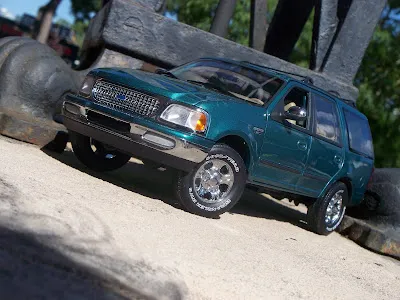
Diecast cars have also made their mark in popular culture, appearing in numerous movies and television shows. These models are often featured as props, adding authenticity and detail to the scenes. They have appeared in movies ranging from action films to animated features. The use of diecast cars in these productions has further boosted their popularity and appeal, introducing them to a wider audience. Some models have become iconic due to their on-screen appearances, driving up their collectibility and value. These appearances serve as another way to connect with this hobby and the vehicles they represent.
The Future of Diecast Cars
The future of diecast cars looks bright, with ongoing innovation and a dedicated community of collectors. Advances in technology continue to improve the detail and realism of these models. New materials and manufacturing techniques are also being explored. The hobby also continues to evolve as technology advances, with 3D printing beginning to play a role in diecast model production. The ongoing popularity of collecting and the continuous introduction of new models will keep the hobby alive for generations. The passion for diecast cars is strong and growing.
